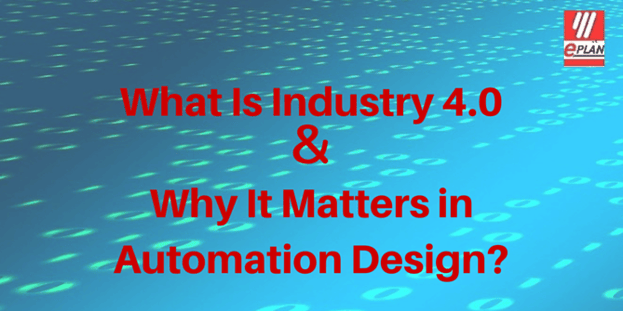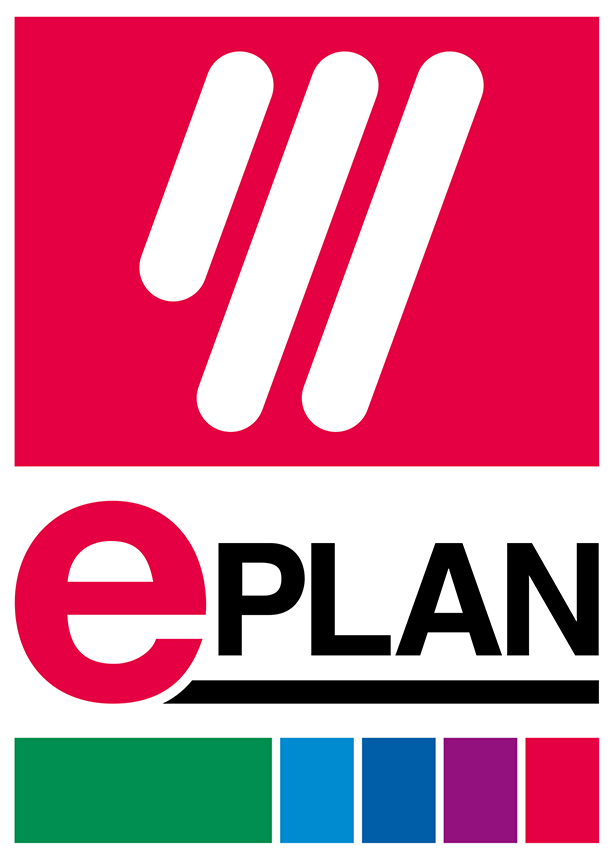
Whether you’ve heard of Industry 4.0 or not, the implications of what it will mean to manufacturing and design are monumental.
What is Industry 4.0? First coined in Germany, it refers to the fourth industrial revolution. The first industrial revolution occurred when production became powered using water and steam power. The second industrial revolution introduced mass production via electric power, with the third, and current, revolution, digital, utilizing electronics and IT to further automate production.
Industry 4.0 is the next phase, where production becomes fully integrated. The power and speed of computers, tied to the advances in connectivity between networks and systems allow all points of contact in the manufacturing process to work together. Add to this the continuing improvements in data utilization and you have the ability to reach new levels of cohesive functionality in all aspects of the production process.
What this means is that by connecting machines, data and systems, businesses can create intelligent networks along the entire manufacturing process and have it controlled autonomously.
These intelligent networks speak to each other and integrate manufacturing as a seamless system. With Industry 4.0, we reach a new horizon where the promise that came with evolving digitization can be realized in greater efficiencies and create a change in the traditional production relationships among suppliers, producers, and customers.
Greater efficiency means lowered production costs and accelerated time to market. And this is why understanding the implications of Industry 4.0 are so important to today’s manufacturers. Companies that embrace this shift will have a competitive advantage.
In design automation, Industry 4.0 is being realized with software that increases engineering efficiency and design optimization. These premium systems utilize a database driven platform that ties in to your business intelligence and fully integrates into a company’s IT environment.
By orchestrating all components in the design and manufacturing process, best of breed software eliminates the work inefficiencies that come from doing a design manually. As an example, when changes are made to the design and documentation (EPLAN’s software solutions are one such example), the changes are applied everywhere eliminating errors that come from manually inputting the documentation into an excel spreadsheet and the manufacturing equipment.
Integration also means that standardization is implicit in design and manufacturing. Engineering schematics are communicated to all touchpoints in the manufacturing chain. The software can reach out to the machine and automate the production process as well.
EPLAN takes this cohesiveness to the next level through their Data Portal. The Data Portal is their web-based service that lives within the software. Users are able to access 544,000 parts that are put into the data portal by nearly 100 manufacturers. Users can drag and drop these parts into their schematics. The part data that the manufacturer has provided will automatically be populated into the documentation, with no need to go to all the manufacturer’s websites to get parts or part data.
As Industry 4.0 moves towards fulfillment, it will be the businesses that embrace this movement that will reap rewards in process improvement, productivity and cost savings allowing them to be at the forefront of their industry.





